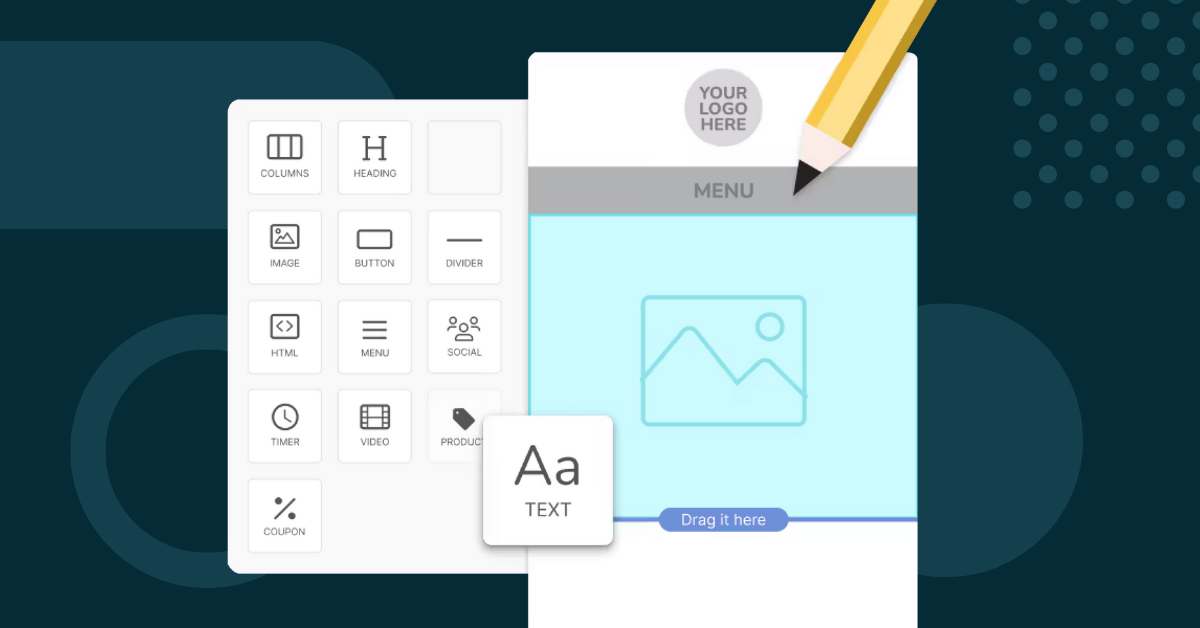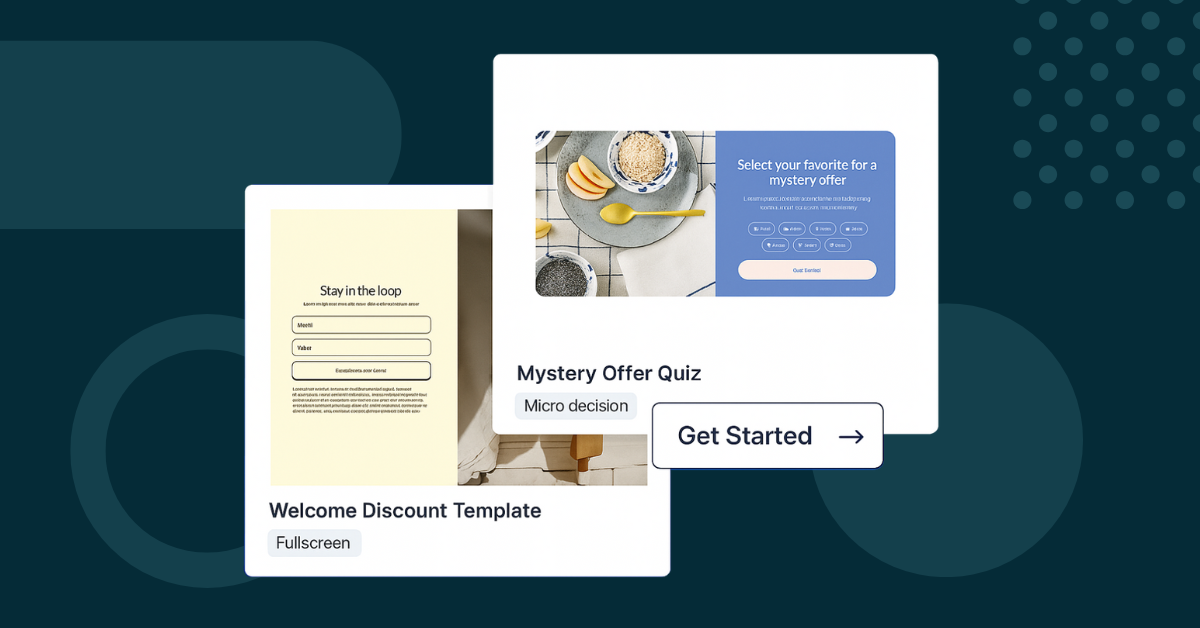Grow Your Email List: Turn Store Visitors into Paying Customers
Email marketing remains as one of the most effective sales channels for Shopify stores. But you can't send marketing emails without growing your list first. Shopify stores looking to grow their email lists choose Privy.
- Add Privy to your Shopify Store.
- Customize your email capture popups with our drag-and-drog editor, or choose from dozens of pre-made templates.
- Set which pages you want your popups to show up on.
- Start capturing emails and growing your list.

Why is it important to grow your email lists?
Email is a key part of any ecommerce marketing strategy today.
$33 per email address
Is the average amount of sales Privy customers get from each email address captured.

$581.71 in sales
Shopify merchants using Privy generated an average of $581.72 in sales per email sent.

30% of total revenue
After looking at millions of Privy emails sent, email tends to make up 30% of a brand's revenue.

2x your list
Scale your database and grow your business in no time at all.

How to Grow Your Email List with Privy
Capture email addresses, send marketing emails, and convert more sales to your Shopify store with Privy.

